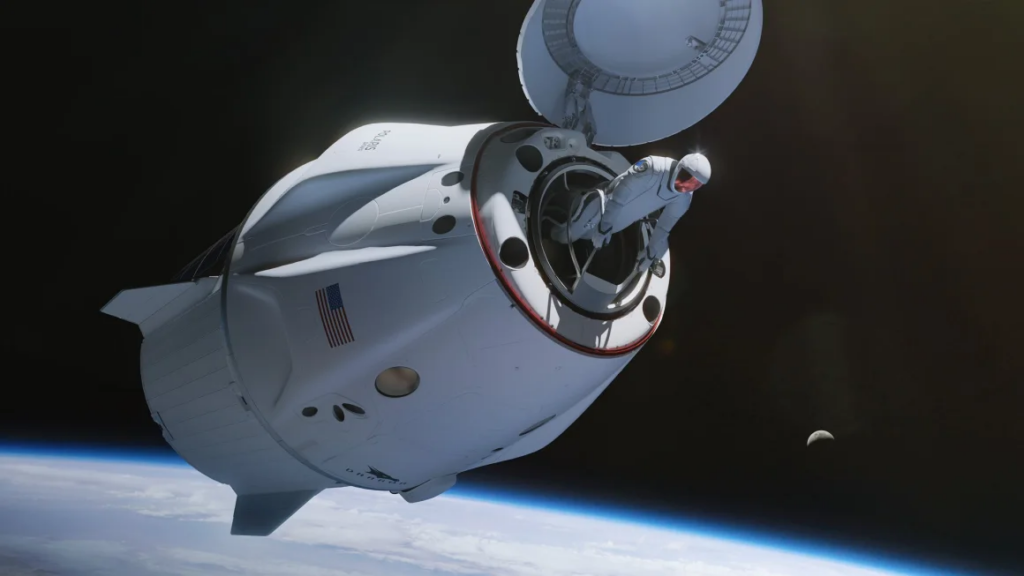SpaceX has postponed the Polaris Dawn mission, initially set to launch in low Earth orbit, due to a ground-side helium leak. At the same time, SpaceX is making positives strides in its Starlink technology, potentially enabling emergency alerts for all mobile users, even in areas without traditional cellular coverage.
What’s Happening & Why This Matters
Polaris Dawn Mission Delay

SpaceX’s Polaris Dawn mission, funded by billionaire Jared Isaacman, faced an unexpected delay after a helium leak was detected on a connector, known as the Quick Disconnect umbilical. Despite the Falcon rocket and Dragon capsule being in good health, the company decided to push back the launch to ensure the safety of the mission. SpaceX announced the new launch date for early Wednesday morning, around 3:30 a.m. ET, with live coverage beginning about 3.5 hours prior.
The astronauts slated for this mission, including Isaacman, expressed understanding and confidence in SpaceX’s decision. Isaacman noted that the additional quarantine time provided more opportunity for preparation, and the crew is fully supported by SpaceX leadership, including CEO Elon Musk.
Emergency Mobile Alerts via Starlink
In another development, SpaceX is advancing its Starlink satellite technology to deliver emergency alerts directly to mobile users, even in cellular dead zones. This potential feature was highlighted in a letter to the Federal Communications Commission (FCC) as SpaceX seeks regulatory approval to launch its commercial cellular Starlink service.
The technology, developed in partnership with T-Mobile, aims to utilize orbiting satellites to provide data connectivity to mobile phones. This would be particularly beneficial in emergencies where traditional cellular networks are unavailable. SpaceX’s Starlink has already demonstrated the ability to send signals to unmodified smartphones, such as iPhones and Samsung devices.
However, the rollout faces opposition from rivals like AT&T and Verizon, who have raised concerns about potential radio interference. These carriers are advocating for the FCC to reject SpaceX’s request for operational waivers. Despite this, SpaceX and T-Mobile are moving forward, with T-Mobile planning to launch satellite-based text messaging services later this year, followed by voice and internet data capabilities in 2025.

TF Summary: What’s Next
SpaceX’s dual focus on ensuring the safety of its Polaris Dawn mission and expanding its Starlink technology for emergency communications highlights the company’s commitment to innovation and safety. As SpaceX navigates regulatory challenges and technical hurdles, the outcomes of these efforts could revolutionize mobile connectivity, particularly in emergency situations. The next steps involve the rescheduled Polaris Dawn launch and the FCC’s decision on SpaceX’s Starlink technology, both of which will be closely watched by industry communities.


